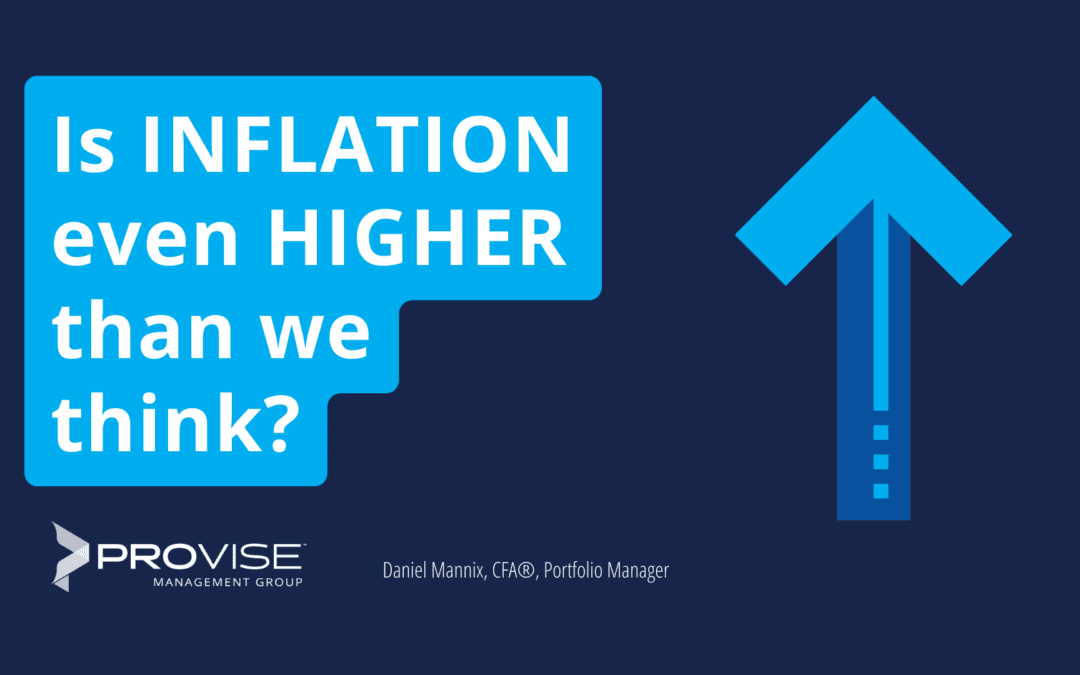Believe it or not, inflation might actually be higher than you think it is. The Bureau of Labor Statistics (BLS) recently reported an 8.3% increase in its benchmark inflation rate, known as CPI, or Consumer Price Index.
Now that was down from 8.5% a month earlier, but it was still above economists’ expectations.
And that’s a trend that we’ve been seeing of inflation running hotter than even economists are expecting, and this has some people comparing the current inflationary environment to that of the double-digit runaway inflation experience back in the 1970s.
But that might not actually be a fair comparison.
As a matter of fact, inflation might actually be higher today than it was back then. You see, the BLS has changed its calculation methodology on CPI over the past several decades and some of these changes have been very meaningful. For example, the cost of owning a home has been replaced with the estimated cost of renting that same home. The CPI index itself has changed from a cost of goods index methodology to what’s known as a cost of living index.
Now to explain the difference there, let’s say that for example, the price of steak were to increase dramatically and it was enough for consumers to forgo a nice rib-eye steak for a cheaper alternative such as chicken. Well, under a cost of goods index methodology that increase in the price of steak would be appropriately recorded in the methodology. But in a cost of living index methodology, the steak would simply be replaced with chicken. And that would result in deflationary pressure.
So, with all these differences, economists have attempted to adjust or correct the CPI rate and one of those economists took the 8.3% I mentioned earlier and adjusted it to 17%. That takes us back to or above the inflation witnessed back in the 1970s. So, the question is why would the BLS be underreporting on inflation?
Well, government payments such as Social Security are tied or indexed to inflation.
So, a lower CPI rate means lower government expenditures. Economists will also measure an economy’s health by looking at real GDP. Now real GDP is simply nominal GDP minus inflation. Lower CPI results in a seemingly stronger economy. As with all headline numbers and statistics, take CPI with a grain of salt. Just make sure you have enough left over for that expensive rib eye.
I’m Daniel Mannix with Provise Management Group.
Financial planning for YOUR life and lifestyle.


Recent Comments